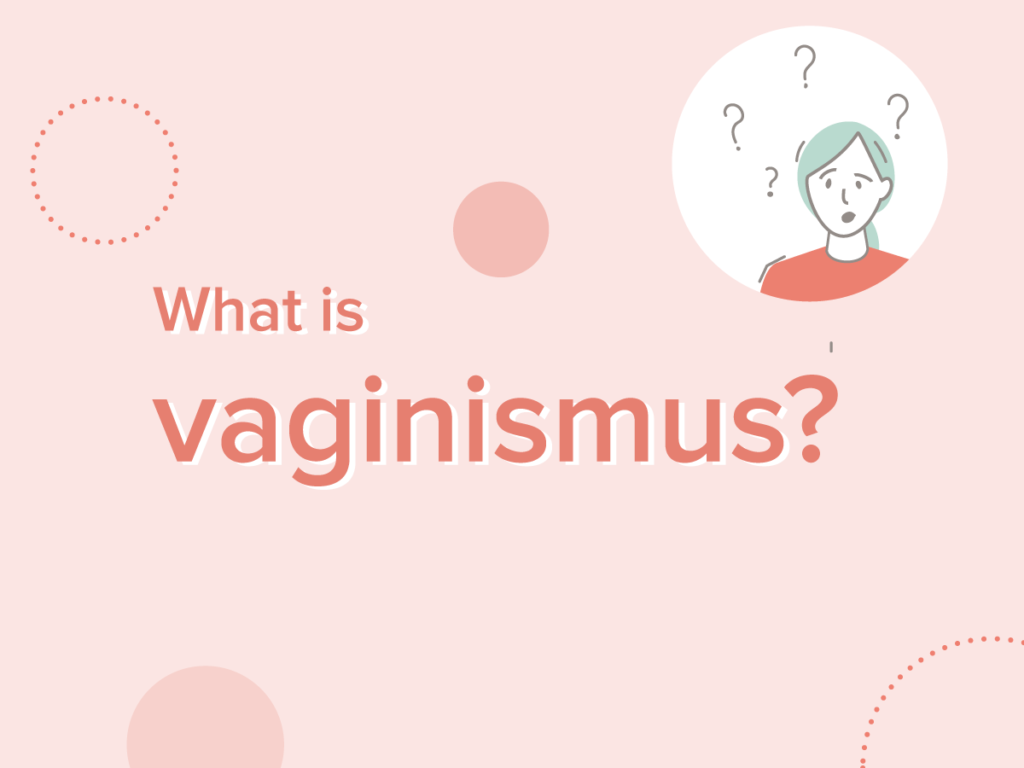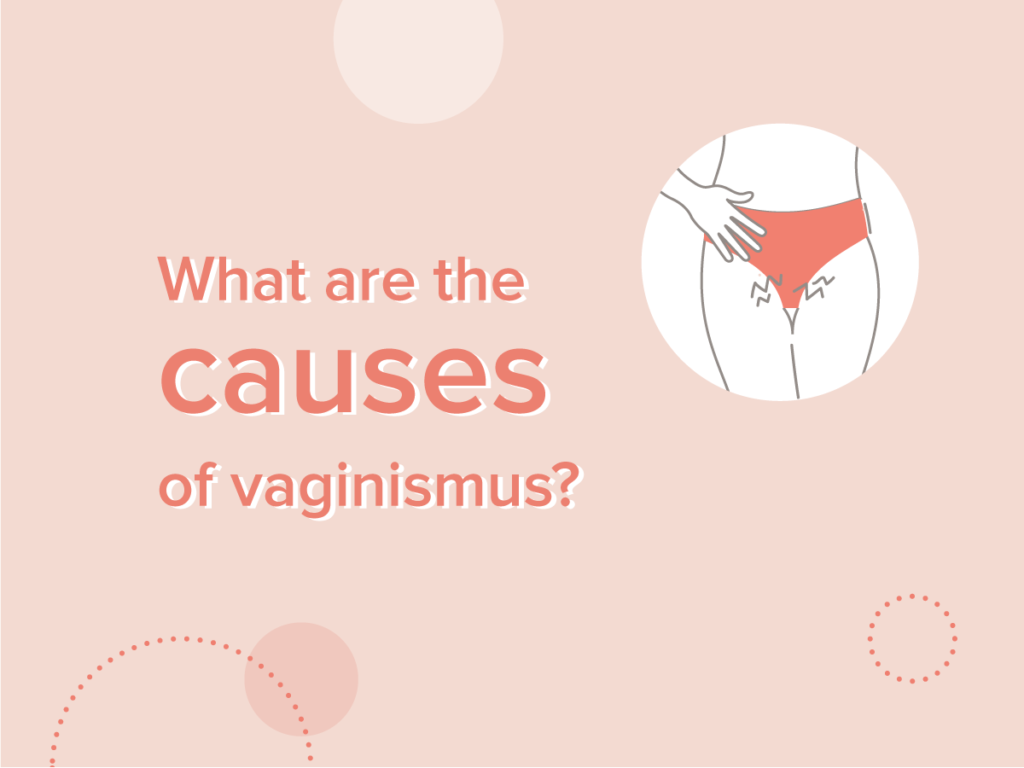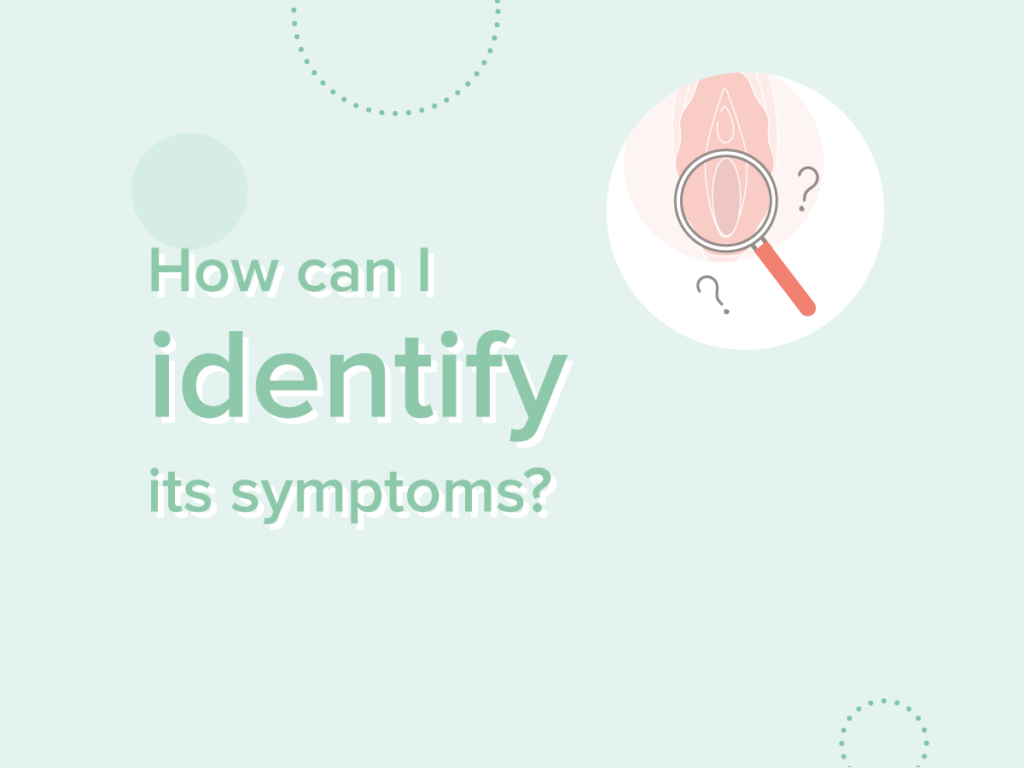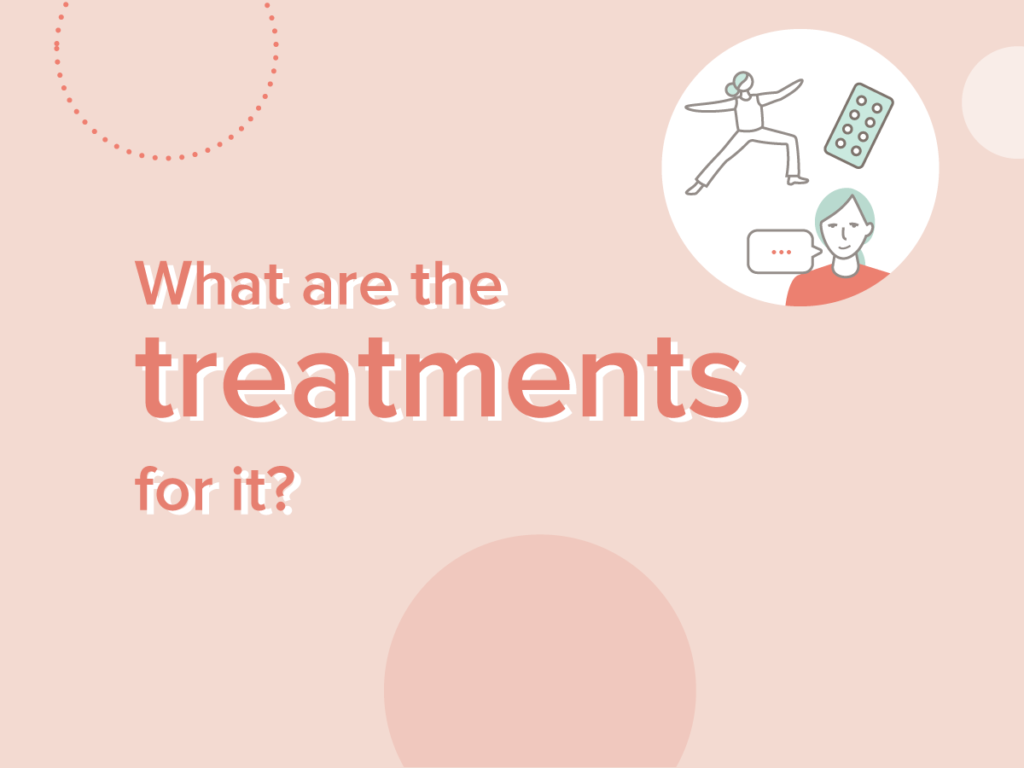Do you ever feel like you’re “hitting a wall” when you try to insert something into your vagina? If so, you’re not put together wrong. You may just have vaginismus, a condition that causes the vaginal muscles to automatically tighten in anticipation of vaginal penetration.
Vaginismus can be frustrating, distressing and painful, but there are many treatment options to help you regain control, comfort — and even pleasure. Let’s find out more about it.

Vaginismus is a condition in which the muscles around the opening of the vagina tighten up. It manifests when any device has to be inserted inside the vagina, such as a penis, tampon, or medical device. Vaginismus causes pain during sex.

Primary: This is when a woman has had pain every time something enters her vagina (including a penis during penetrative sex) or when inserting anything into their vagina like a tampon, menstrual cup, etc. It’s also called lifelong vaginismus.
Secondary: This is when a woman has had sex without pain before, but later becomes difficult or impossible for her. It’s also called acquired vaginismus.

The most common causes are negative sexual attitudes, psychological and/or physical trauma, and relationship difficulties.
- The associations between negative sexual attitudes, sexual ignorance, and vaginismus have been known for a long time.
- Lack of sexual knowledge and the presence of sexual guilt both lead to a fear of engaging in intercourse.
- Vaginismus has also been reported to result from a dysfunctional relationship.
- Although the experience of sexual and/or physical abuse is generally considered an important etiological factor in vaginismus, the evidence is less conclusive.

In nearly all cases where penetration is either impossible or difficult, vaginismus is present. Similarly, ongoing sexual pain or tightness after resolving or managing a pelvic problem, medical issue, surgery or childbirth (still painful or tight after everything has healed) typically indicates vaginismus.

Current treatments for vaginismus are divided into four main categories: Pelvic floor physiotherapy, pharmacological treatments, general psychotherapy, and sex/cognitive behavioral therapy.
- Pelvic floor physiotherapy will aid in developing awareness and control of the vaginal muscles, improve mobility, relieve pain and overcome vaginal penetration anxiety.
- Three main types of pharmacological treatments are proposed for vaginismus: local anaesthetics, muscle relaxants, and anxiolytic medication.
- Psychotherapy and cognitive behavioural therapy methods have also shown beneficial effects.
Our experts work round the clock to provide you with the answers that you are looking for. If you have any, leave it in the comment section below or send us a DM at @nuawoman. This is a safe space so don’t hold back on any doubts you may have about your body and mind. Read our other Community Asks here and learn more about how to maintain your sexual health here.
Read all of Dr Abhinaya Alluri’s other articles here.



